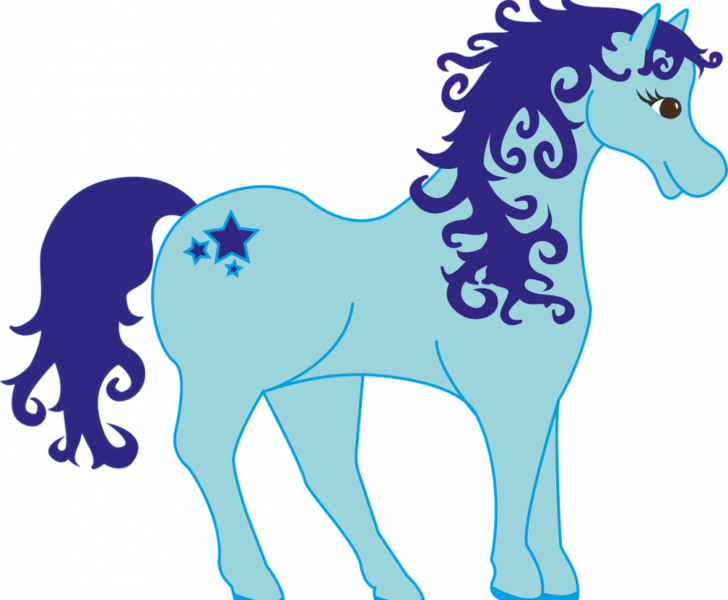Curling Paralympics Final: A Guide to the Exciting Sport

Curling Paralympics Final: An In-Depth Look into the Championship
Overview of Curling Paralympics Final

The Curling Paralympics Final is one of the most anticipated events in the Paralympics world. It showcases the skill, strategy, and determination of athletes with physical disabilities as they compete in the sport of curling. This article will delve into the various aspects of the final, exploring its types, popularity, and historical significance.
Understanding Curling Paralympics Final
Curling Paralympics Final is a sport that involves two teams of four players each, sliding stones on a sheet of ice towards a target area known as the ”house.” The objective is to accumulate the highest score by having stones closest to the center of the house. The sport is popular within the Paralympics, with several types of curling finals being played.
Types of Curling Paralympics Finals
There are two main types of Curling Paralympics Finals: wheelchair curling and standing adaptive curling. Wheelchair curling is designed for athletes who use wheelchairs, where they deliver the stone by pushing it with their hand while being firmly seated. Standing adaptive curling, on the other hand, caters to athletes with standing impairments, who deliver the stone with the aid of a stick or broom. Both types require excellent technique, precision, and teamwork.
Quantitative Measurements in Curling Paralympics Final
In the Curling Paralympics Final, various quantitative measurements are used to ensure fair play and determine the outcome of matches. The distance between stones in relation to the house is often measured using numeric markings on the ice, allowing referees and players to accurately assess the score. Additionally, timings are crucial as teams are allotted a limited time to complete their shots, adding an element of speed and efficiency to the game.
Differences Between Curling Paralympics Finals
The different types of Curling Paralympics Finals exhibit noteworthy differences. Wheelchair curling, with its seated delivery, requires athletes to have precise control over their body movement and strength to navigate the ice and deliver the stone accurately. Standing adaptive curling, on the other hand, relies on the balance and coordination of athletes who use a stick or broom to send the stone towards the target. These contrasting techniques provide a dynamic aspect to the sport.
Historical Review of Pros and Cons in Curling Paralympics Finals
Over the years, Curling Paralympics Finals have seen both advantages and disadvantages. On the positive side, the finals have allowed athletes with physical disabilities to showcase their skills and compete on an equal playing field. Accessibility and inclusivity have been key advantages, fostering a sense of sportsmanship and camaraderie. However, some challenges still exist, such as the limited availability of facilities and resources for disabled athletes, which can hinder their progress and participation in the sport.
In conclusion, the Curling Paralympics Final is a highly anticipated event that highlights the talent and determination of athletes with physical disabilities. With its different types, quantifiable measurements, and historical significance, the final showcases the true spirit of the Paralympic Games. As the sport continues to evolve and gain popularity, it is essential to address the unique requirements and challenges faced by athletes, ensuring a more inclusive and accessible future for curling Paralympics finals.











